Of the 46,600 m2 of National Highway 1 through Ha Tinh that Cienco 4 repaired, 37,047 m2 of severely damaged area was repaired to ensure safe passage for people and vehicles before the Lunar New Year.
Severely damaged road surfaces on National Highway 1 through Nghen town, Can Loc district were scraped and resurfaced by Cienco 4.
Road Management Area II has just sent a report to the Vietnam Road Administration on the work of repairing severely damaged road surfaces to ensure traffic safety during the Lunar New Year on National Highway 1, from the South of Ben Thuy Bridge to the North of Ha Tinh City bypass, invested, managed and operated by Cienco 4 Group Joint Stock Company under the BOT (build - operate - transfer) contract.
Before reporting, Road Management Area II coordinated with representatives of agencies, departments and branches of Ha Tinh province (Traffic Safety Board, Department of Transport, Traffic Police Department of the Provincial Police) and Cienco 4 Group Joint Stock Company (investor), Vinh City Bypass BOT Branch (project enterprise) to inspect the repair of damage on National Highway 1, a 35 km long BOT section through Ha Tinh.
According to the assessment of the road management agency, in the recent past, despite many days of unfavorable weather (low temperature, rain...), the investor and project enterprise have tried to overcome difficulties, mobilizing many machines and construction equipment day and night to fix severely damaged road surfaces (cracks, structural damage, subsidence, wheel ruts over 2.5 cm) as shown in the field inspection report on January 8.
By early February, Cienco4 had repaired 46,600 square meters of damaged road surface on National Highway 1 through Ha Tinh.
Up to this point, the completed volume has reached 46,600 m2 of damaged road surface area, of which the repair of severely damaged road surface areas has reached 37,047/37,347 m2 , equivalent to 99.1% according to the field inspection report on January 8.
With some local, small locations, Cienco4 has been and is repairing them manually, at the same time restoring the lane markings of the repaired locations and sections, and repainting the faded markings, reaching 1,500 m2 .
Cienco 4 is directing the construction unit to continue repairing and fixing other damaged areas (besides the record dated January 8) to ensure smooth road surface. It is expected that by February 7 (December 28 of the lunar calendar), the entire construction site will be cleared to serve people to celebrate the Lunar New Year of Giap Thin.
Locally damaged areas were also repaired.
According to the Road Management Area II, at the time of inspection, the severely damaged areas had been basically repaired, but to limit the risk of traffic safety loss on the route, Cienco 4 needs to continue repairing all remaining damaged road surfaces and newly arising areas on National Highway 1 from the South of Ben Thuy Bridge to the North of Ha Tinh City bypass.
The project to upgrade and expand National Highway 1 from the South of Ben Thuy Bridge to the North of Ha Tinh City bypass, 35 km long, has a budget of more than 2,400 billion VND, invested by Cienco4 Group Joint Stock Company under the BOT form. In 2014, the project was completed and put into operation.
Over time, the road has been damaged and peeled off in many places. Due to not being thoroughly repaired, the road surface of National Highway 1 has become increasingly degraded, posing a high risk of traffic accidents.
Ben Thuy toll station is managed and operated by Cienco4 to recover the money invested in the project to upgrade and expand National Highway 1, Vinh City bypass route and the section from South of Ben Thuy bridge to North of Ha Tinh City bypass route.
According to statistics from Road Management Area II (Vietnam Road Administration), currently, the damaged roadbed and surface on National Highway 1 BOT section through Ha Tinh is 257,483/657,900 m2 , accounting for 40% of the total road surface area.
Along with that, 15,565 m2 of painted lines are worn, faded, and ineffective; some sections on the route have stagnant water on the roadside due to lack of longitudinal ditches; many bridges on the route have damaged expansion joints, peeling bridge girders, and bridge decks.
Van Duc
Source


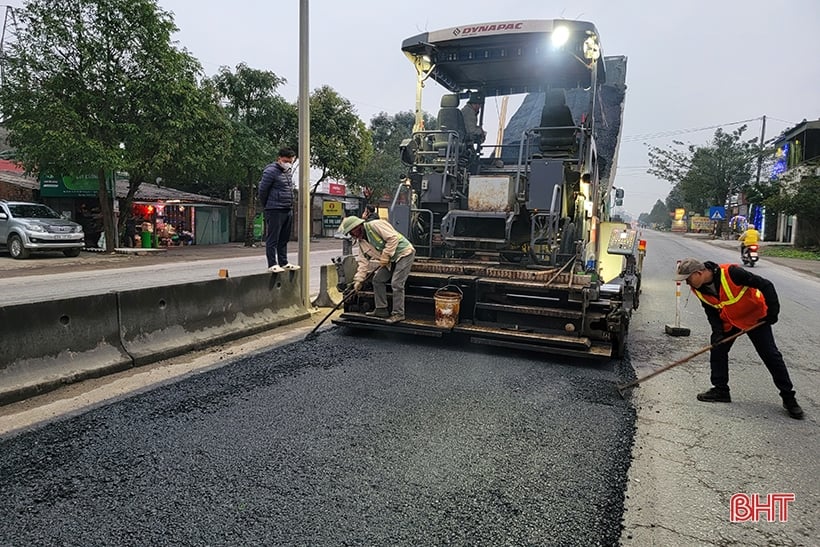
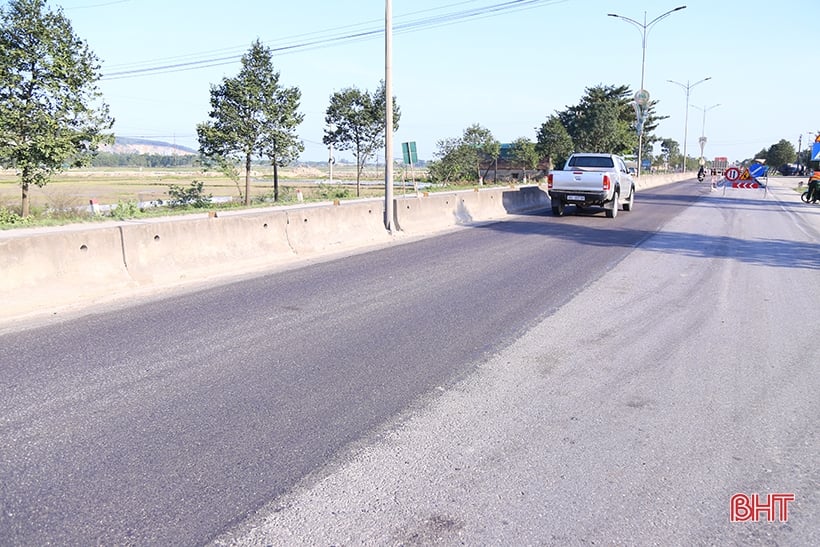
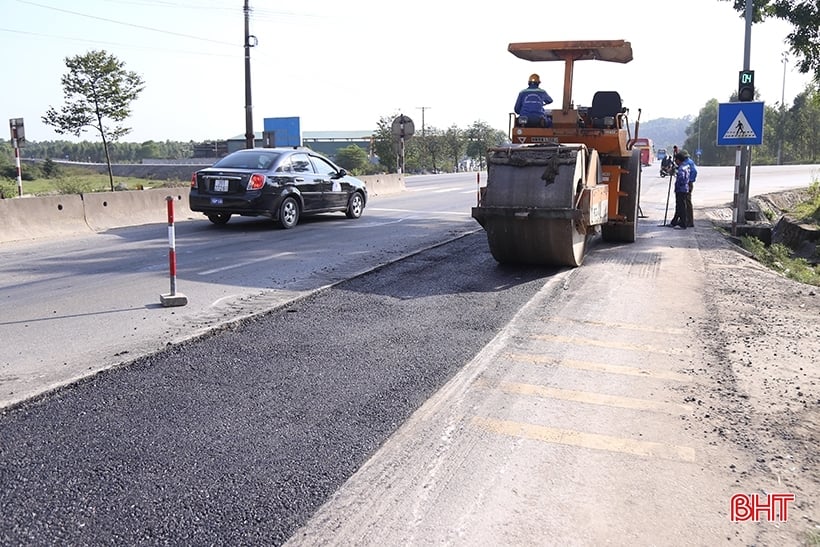
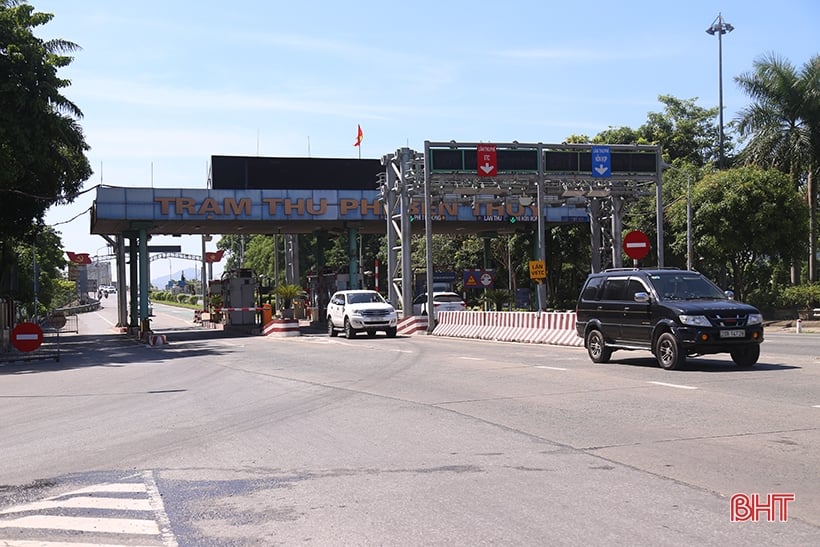


![[Photo] Prime Minister Pham Minh Chinh and Prime Minister of the Kingdom of Thailand Paetongtarn Shinawatra attend the Vietnam-Thailand Business Forum 2025](https://vphoto.vietnam.vn/thumb/1200x675/vietnam/resource/IMAGE/2025/5/16/1cdfce54d25c48a68ae6fb9204f2171a)







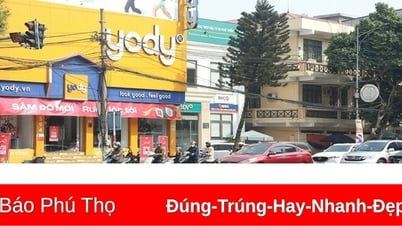


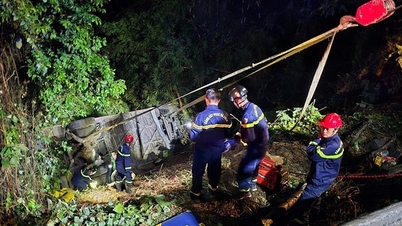














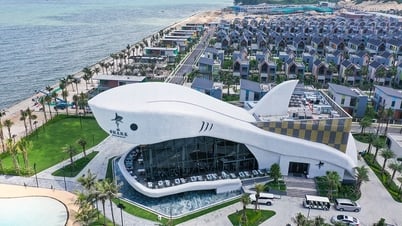


![[Photo] President Luong Cuong receives Prime Minister of the Kingdom of Thailand Paetongtarn Shinawatra](https://vphoto.vietnam.vn/thumb/1200x675/vietnam/resource/IMAGE/2025/5/16/52c73b27198a4e12bd6a903d1c218846)










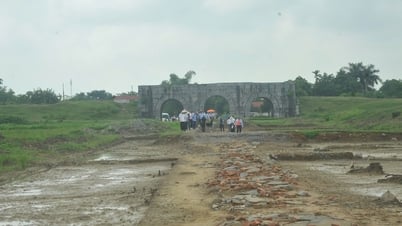


















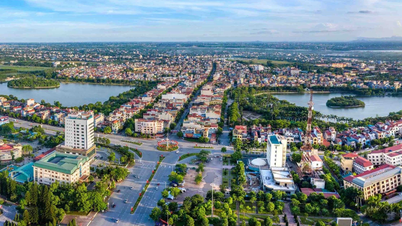


































Comment (0)